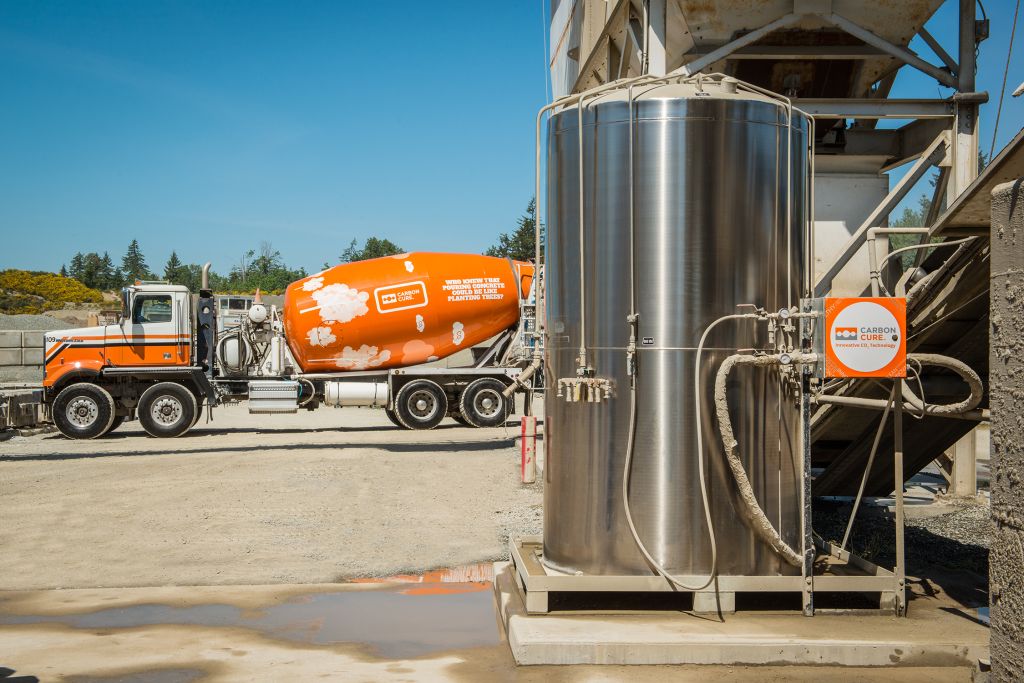Published May 10, 2024 • 6 Min Read
Agriculture has long faced a labour shortage – and that trend is only growing.
Baby boomers long represented the workhorse of the labour force. And now, an estimated 5,000 of them retire every week in Canada. More than 50% of today’s workforce don’t work in traditional 40-hour-per-week jobs, and there’s the increasing prevalence of remote and hybrid work. It’s no small wonder it’s difficult to find employees.
Agriculture has long faced a labour shortage – in large part to the unique and sometimes challenging aspects of the work – and that trend is only growing, according to Jennifer Wright, executive director of the Canadian Agricultural Human Resource Council (CAHRC).
She points to several converging factors that add up to the challenges facing agriculture to attract and retain talent. “The labour shortage has really grown and it’s been more difficult to find workers for all levels of jobs,” says Wright. “There are fewer young people entering the ag labour force and less people living in rural communities making it very challenging to recruit talent in a largely rural-based industry.”
Wright has spent more than 20 years in recruitment and human resources (HR), the last 10 years at CAHRC and executive director since 2021.
A national, non-profit, CAHRC focuses on HR issues affecting agriculture across Canada – from on-farm workers to ag-based industries and businesses. Their Workplace Strategic Plan reports on the state of the national ag workforce and looks at strategies to address the ongoing challenges, and identify new approaches and opportunities to attract talent to fuel Canadian agriculture.
The changing face of farming
“One of the things we uncovered in this report was the work that’s needed to raise awareness about modern agriculture – the technology, the innovation and the very important and positive role agriculture has in climate solutions and sustainability,” says Wright.
While recently measuring the perception of the agriculture industry and careers available, Wright was surprised to find that more than 50% of respondents could only identify farmer, when asked about what occupations were part of agriculture.
Wright knows there is work for the industry to do to position all the opportunities that come with the food, fuel, fibre and flowers that make up the diverse Canadian agricultural workforce. And it’s happening. In her role, she’s seeing an increased awareness about what modern agriculture offers to new recruits – the technology used and the opportunities with artificial intelligence. “We are seeing more people from non-agricultural background join the industry, and stay once they are here.”
Recruitment is a community sport
The tight labour market amplifies the need for strong rural infrastructure to go hand in hand with attracting and retaining a rural workforce. Successful recruitment in rural areas needs to include considerations for affordable housing, grocery stores, schools, health care, day care and reliable wi-fi.
When Theresa Hardiker took her role as executive director of Verge Economic Development – a partnership of the County of Forty Mile, the town of Bow Island and Cypress County in southeastern Alberta – she found her mostly rural, largely agricultural region facing similar issues for attracting labour to the area.
Changing demographics dictated a shift in hiring strategies, and for Hardiker, this signalled a need to change the conversation about what it was like to live and work in a rural area.
“We know it’s often the supports beyond the job that provide the stumbling blocks to recruitment,” says Hardiker. “That’s why we took a deeper dive into what it would take to attract labour to our area, and what would a welcoming community look like.”
Several ideas and opportunities were uncovered in Verge’s 2024 Building Agricultural Workforce Capacity report about boosting recruitment to the area. “One of the big opportunities we identified was to change the narrative about what life would be like to move to our rural community,” says Hardiker. “I didn’t realize how effective it would be to attract youth to our area to fill some of the employment vacuum.”
A targeted marketing campaign – dubbed “Come Farm” – that evolved from the workforce report and targeted at a younger demographic is making a difference, according to what Hardiker is hearing from the community. “I’ve heard from companies that are receiving more applicants and are attracting more people with credentials to fill the jobs,” she says. “So maybe we are seeing a change in attitude.”
“Putting this report together, and engaging throughout the community, has really helped us work together and think different about how to create better labour opportunities in our area” says Hardiker, who is now looking at extending their geographic reach to recruit more talent.
The laws of attraction (and retention)
There’s no shortcut to effective recruitment, and for Wright it starts with solid HR practices. “The value and impact to the bottom line of good HR practices – especially in a tight labour market – is really significant.”
Taking the time upfront will bring better success at attracting the person and skills you need – and you’ll be more likely to hire someone who knows what to expect when they show up on their first day of work.
That means being clear and realistic, starting with a job description that is reflective of the work. “We know the younger workforce is looking for more meaningful work that has a purpose and a connection that contributes to a climate solution,” says Wright.
With a workforce that has never had so many different generations involved, Wright and Hardiker both emphasize that employers must realize (and embrace) they will likely be hiring people from different backgrounds with different ideas and perspectives.
“We’ve put together profiles on what it looks like to work in agriculture – what you need to become an agronomist, or what seasonal farm labour looks like – to present a realistic and reasonable understanding of what kind of jobs are available,” says Hardiker.
Presenting a clear picture of prospective work underlines the importance of having a recruitment process – and not just for big businesses.
“A recruitment plan demonstrates to a potential employee that you’ve taken the time to write a description, advertise and have a hiring process in place with proper documentation,” says Wright. Even the smallest farms or ag businesses – especially those that are family run – benefit from a hiring structure in place for employees, and even more so as the business grows, for succession planning and when multiple families are involved.
CAHRC offers a full suite of elearning for agricultural businesses, including farms of any size, and an HR toolkit. They’ve also recently introduced a new online community for HR in agriculture called CAHRC Connect – a free, virtual community to connect ag employers with others who have HR responsibilities.
This article is intended as general information only and is not to be relied upon as constituting legal, financial or other professional advice. A professional advisor should be consulted regarding your specific situation. Information presented is believed to be factual and up-to-date but we do not guarantee its accuracy and it should not be regarded as a complete analysis of the subjects discussed. All expressions of opinion reflect the judgment of the authors as of the date of publication and are subject to change. No endorsement of any third parties or their advice, opinions, information, products or services is expressly given or implied by Royal Bank of Canada or any of its affiliates.
Share This Article






